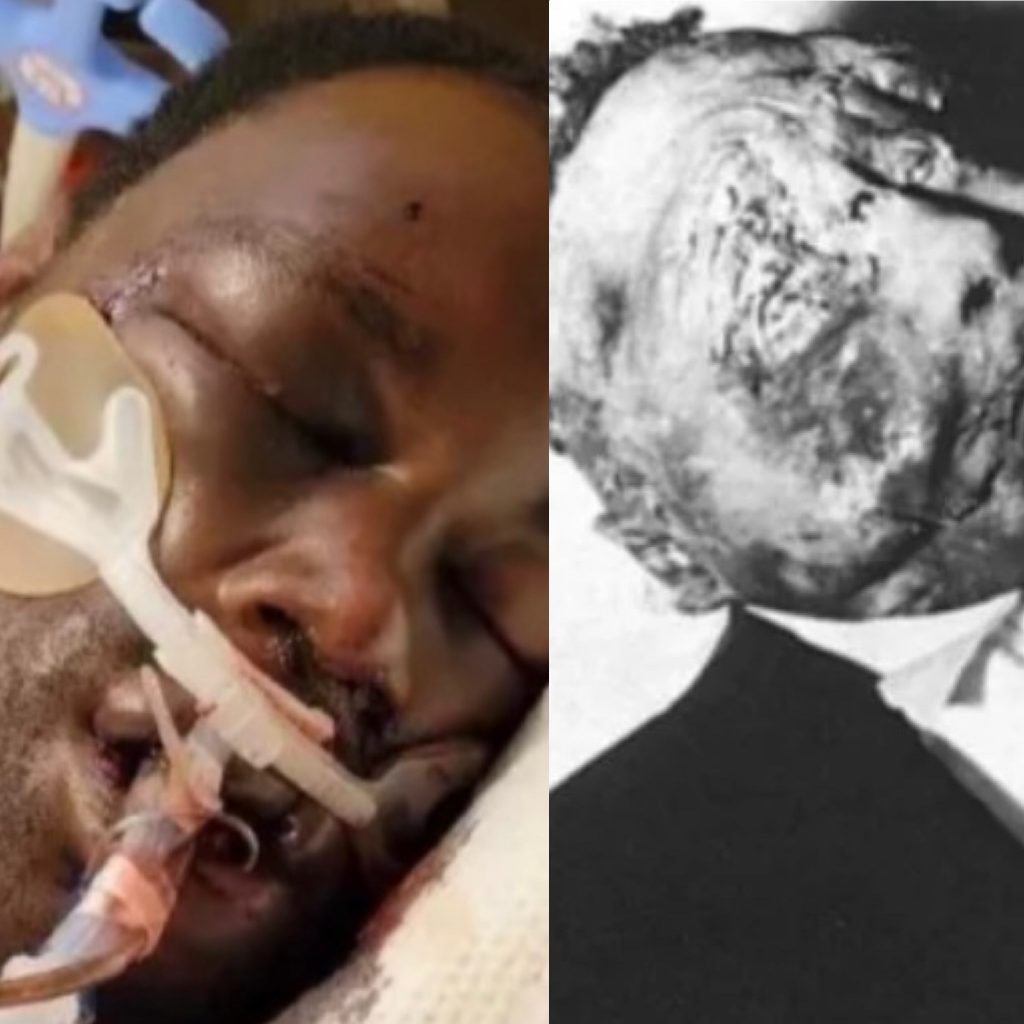Tyre Nichols Cannot Die in Vain
[WARNING: Sensitive Images below. Images may be triggering. Proceed with caution.]
By: Verde Arzu

Imagine
Imagine driving home one winter evening. You can hear your stomach grumbling. You think about the meal you plan to warm up. Maybe you wonder if your mom cooked dinner, and if she did, you hope it’s one of your favorites. You drive by landmarks that have grown familiar to you. You hardly pay attention to them anymore. Your mind drifts to the images of the burnt orange sunset resting in your camera. You hope you captured it just right. That tingling sensation of happiness and purpose fills you, and you smile. You are excited about editing them and adding them on to your website. Maybe those thoughts drift into a daydream about those images one day catapulting you into photography stardom. Imagine making plans to hang out with your son soon. You will take him to his favorite place and maybe even buy him that toy he’s been asking about. Imagine seeing those blue and red flashing lights suddenly appear behind you. Even though you have done nothing wrong, you are nervous. You know how these “routine traffic stops” can go. You remain calm. You know you haven’t done anything wrong. You weren’t speeding. You didn’t violate any other traffic rules. Your seatbelt is on. You are not a criminal. This will be quick, you think. But…you…are…BLACK.
Tyre Nichols
Born June 15, 1993, Tyre D. Nichols was a “beautiful soul” who loved his family, photography, capturing sunsets, and skateboarding. Those who know him well remember him as peaceful and full of joy. A man who loved his mother dearly, having moved from Sacramento to Memphis to be close to her again. A son who had his mother’s name tattooed on his arm. A Cali kid who preferred Vans over Jordans and the San Francisco 49ers football team. Tyre Nichols grew up in Sacramento, CA and attended the Twins Rivers Unified School District. He was a son, a father, a brother, a nephew, a friend, a human being with his whole life ahead of him. He worked a regular evening job and had a passion for photography. He hoped to capture his story through his lens. As stated on his website, “Photography helps me look at the world in a more creative way. It expresses me in ways I cannot write down for people.” Just as young people do, Tyre Nichols was learning to figure out how to make his dreams a reality. A man we will remember, as his family and friends knew him, as someone who had love for everyone.

George Floyd Justice in Police Act
Sixty-eight years ago the world viewed images of a 14 year old boy’s mutilated body. That teenager was Emmett Till. He was visiting family in Mississippi when he was kidnapped from their home for allegedly whistling at a white woman. Just as Tyre Nichols was kidnapped from his car for allegedly driving reckless. Till was then beaten, shot in the head, tied to a cotton gin fan, and thrown in the Tallahatchie River. His body, identifiable only by the ring on his finger. Tyre Nichols’s Black body was batoned, pepper sprayed, and repeatedly beaten in the dark of night. Mamie Till, the mother of Emmitt Till, demanded an open casket at his funeral. She allowed Jet magazine to publish pictures of her son’s body. She wanted the world to see what happened to her son. Like Mamie Till, RowVaughn Wells wanted the world to see what happened to her son, too.
The images of Emmett Till sparked strong emotions across the country. Emmett Till’s mutilated body became the catalyst for the Civil Rights Movement. Tyre Nichols’s beaten body lying in a hospital bed must reignite our fight to demand that Congress pass The George Floyd Justice in Police Act. In summary, “This bill addresses a wide range of policies and issues regarding policing practices and law enforcement accountability. It increases accountability for law enforcement misconduct, restricts the use of certain policing practices, enhances transparency and data collection, and establishes best practices and training requirements.” To learn more visit: congress.gov
Vice President Kamala Harris, spoke at Nichols’s funeral. In regard to The George Floyd Justice in Police Act, she said, “We will not be denied. It is not negotiable.”
Tyre D. Nichols deserved to live. He deserved to be known by the world for his photography. He told his mother he would be famous one day. We must ensure that he did not die in vain. Rosa Parks recalled being told to move to the back of the bus, but with the image of Emmett Till’s body fresh in her mind, she said she could no longer do it. She was fed up! No more! The laws must be changed. We stand on the shoulders of our ancestors and the knowledge of history. We must stay persistent, not grow weary, and fight until The George Floyd Justice in Police Act is passed! No more!
Call, email, protest and create social media posts demanding that your congressional representatives ensure that The George Floyd Justice in Police Act is passed this year. We can no longer wait! We must write and email President Biden. He must continue to talk about it. He must continue to apply pressure on Congress to pass this bill!
May the memory and legacy of Tyre Nichols live on forever. Ase.


